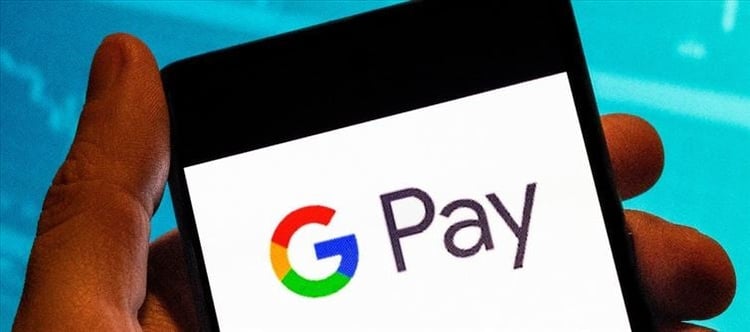
The most recent step is indicative of a larger trend toward UP-based transaction monetization as fintech businesses look for methods to pay for processing expenses to strike a balance between expansion and long-term revenue creation.
In a similar vein, PhonePe levies a convenience fee for credit or debit card purchases for utilities including gas, electricity, and water. Additionally, paytm charges between Rs 1 and Rs 40 for bill payments and UPI recharges.
After Walmart-backed PhonePe, google pay is the second-largest player with a 37% share of UPI transactions. It handled Rs 8.26 lakh crore in UPI transactions in January.
Fintech businesses find it difficult to make a sizable profit from UPI transactions, despite its increasing popularity. According to a PwC investigation, stakeholders pay around 0.25% of the transaction value to conduct UPI person-to-merchant transactions.
About Rs 12,000 crore was spent on processing UPI transactions in FY24, with Rs 4,000 crore going towards transactions under Rs 2,000.
Meanwhile, UPI is still expanding quickly around the nation despite financial obstacles. The overall number of UPI transactions increased by 39% year over year to 16.99 billion in january 2025, or Rs 23.48 lakh crore.




 click and follow Indiaherald WhatsApp channel
click and follow Indiaherald WhatsApp channel